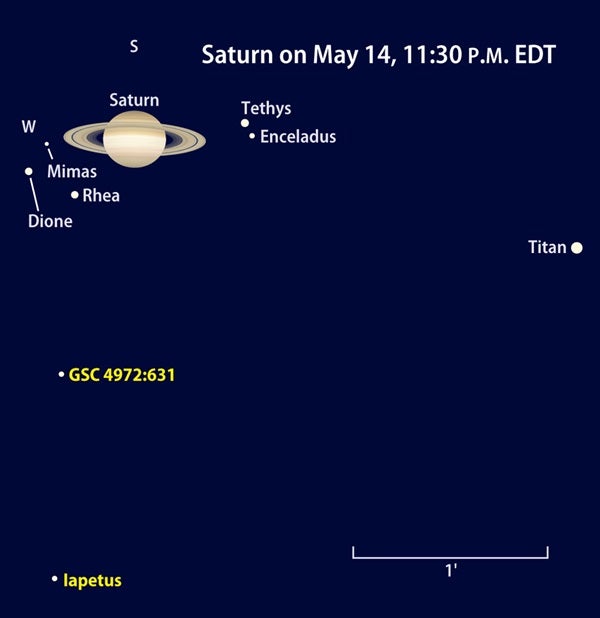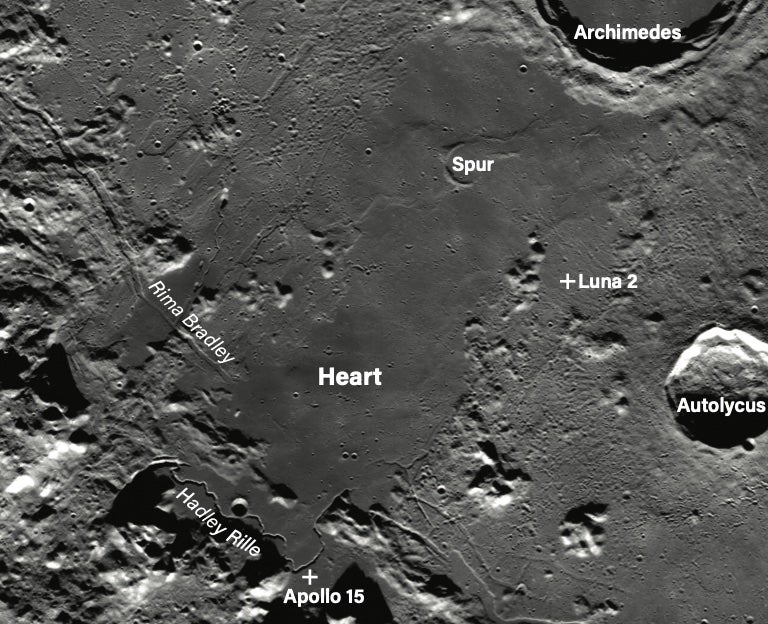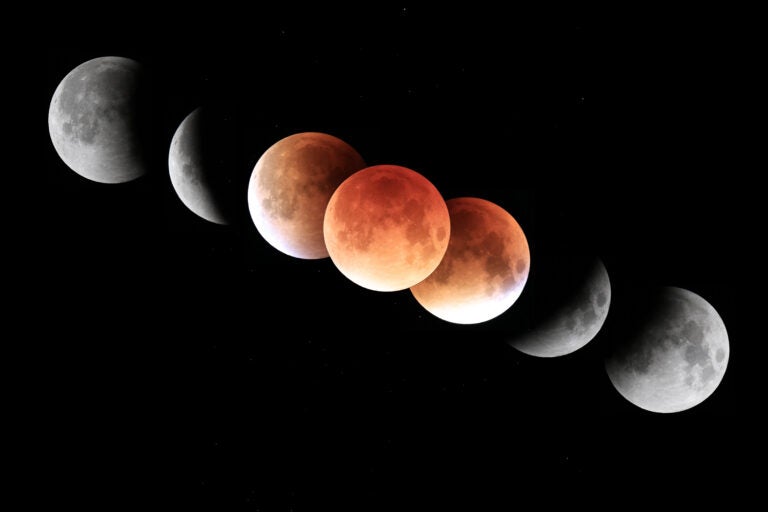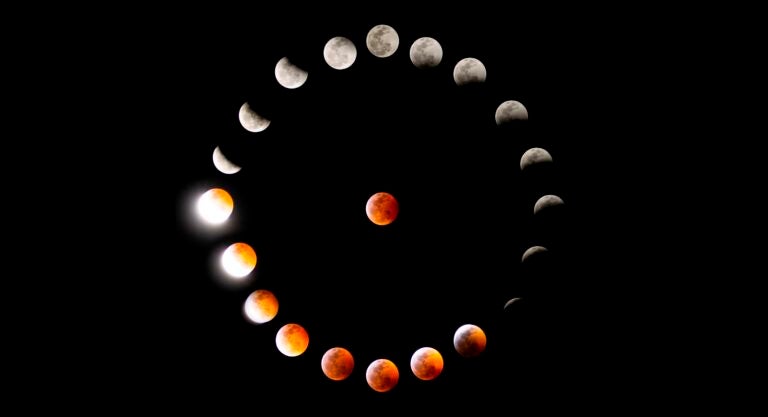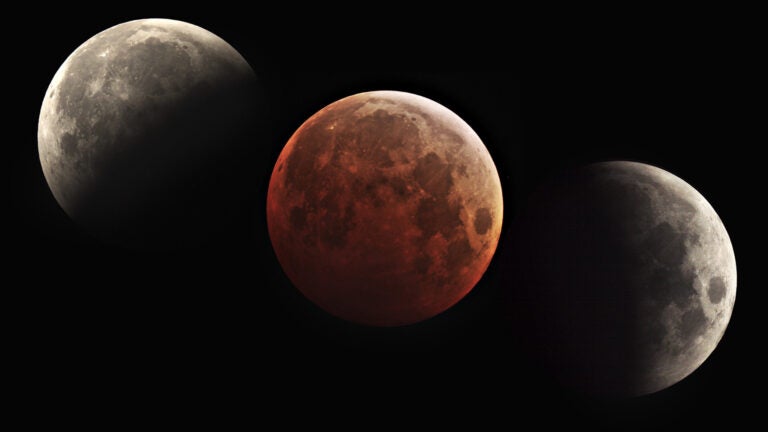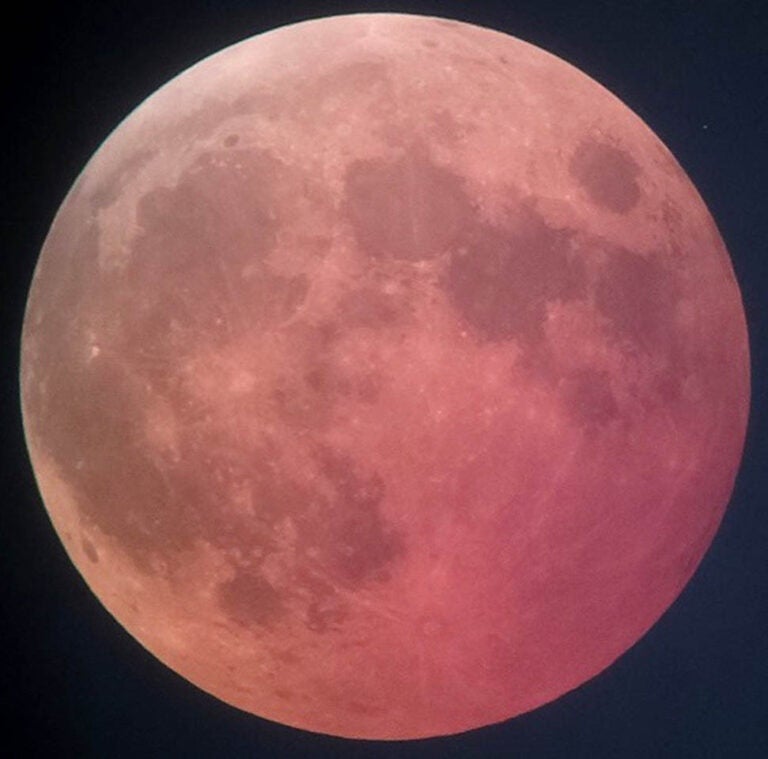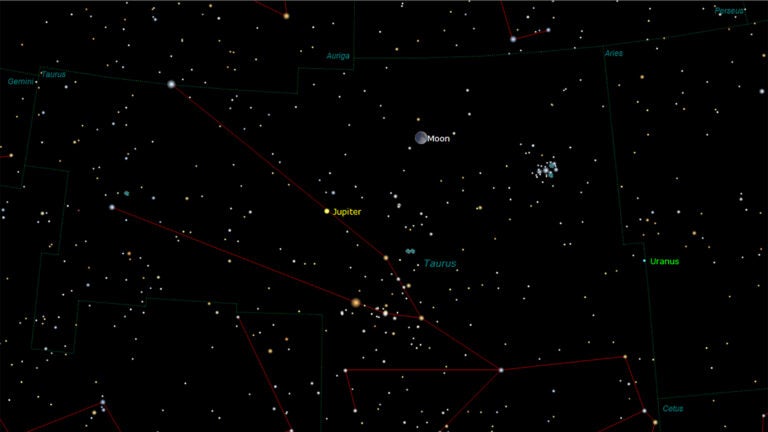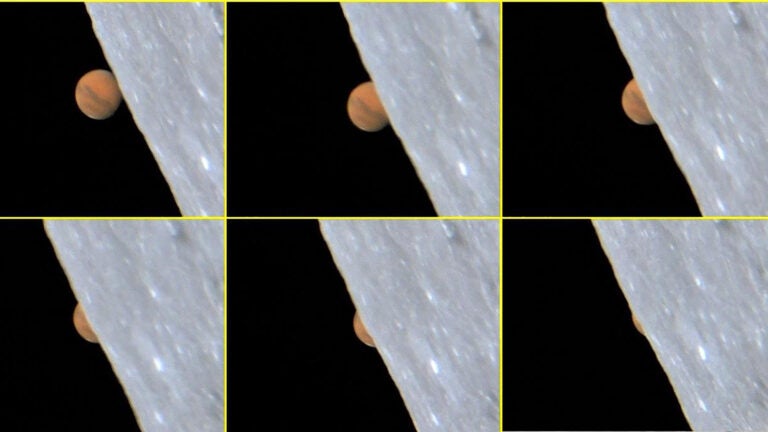In 2008, some scientists claimed that an electromagnetic detector on board the Cassini spacecraft had found rings around Saturn’s moon Rhea. This claim did not hold up when the larger community carefully checked it out, but some astronomers still believe that markings around Rhea’s equator are the remnants of
an ancient ring that fell onto the surface.
Iapetus, another moon of Saturn, is best known for its highly contrasting bright and dark hemispheres. But it has several other mysterious characteristics, including a bulging shape that indicates it once spun much faster than it does now as well as an equatorial mountain range. Some scientists have proposed a model involving an ancient moon around this moon, which might have produced both features as it spun inward toward Iapetus and then broke up into a ring.
It is actually impossible in most cases for a moon around a moon to be stable in the long term because nearly all moons rotate once per orbit so they always keep the same face toward their planet (Earth’s Moon is the best-known example). Such a slow rotation rate means that any moon-orbiting object would orbit faster than the moon rotates, which would cause the moon-orbiting object to spiral inward toward the moon (rings, by the way, are not affected by this process). Most planets, by contrast, rotate quickly, so their slow-orbiting moons gently and safely spiral outward (the exceptions, Mercury and Venus, have no moons, likely due to the same effect).
Cornell University, Ithaca, New York

